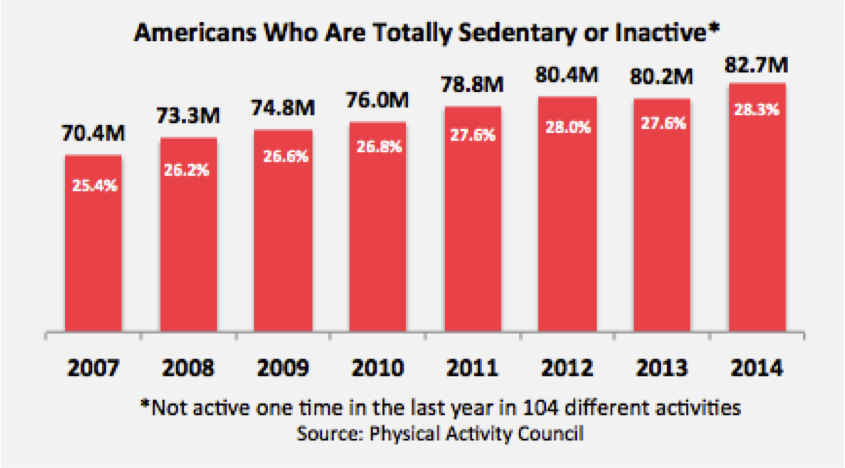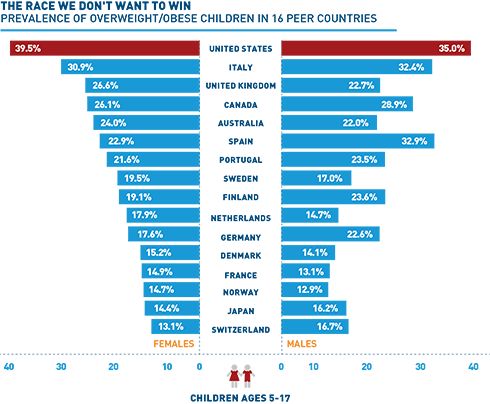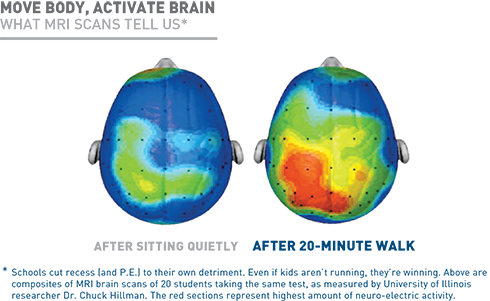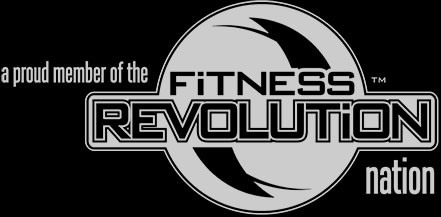Over the last ten years, ASF has worked with some amazing student-athletes. We have had the privilege to see young boys and girls excel on the field, court and classroom. While not every child will continue to play sports at a high level, he or she can still maintain an active lifestyle, including healthy habits and behaviors. However, there are significant obstacles that consistently affect the adoption of these behaviors. Consider the following:
- School budget cuts — which have resulted in teacher layoffs and a lack of equipment and other resources — as well as policy pressures that have led schools to increase classroom time for standardized test preparation.[1] One of the first subjects to get axed/reduced includes Physical Education. (There is some resistance however. Some schools in Texas have four recesses, and the positive results have ensued. Also, some reports [1] are advocating for the Department of Education to make Physical Education a core subject.)
- Nearly half (44 percent) of school administrators report cutting significant amounts of time from physical education, arts, and recess to increase time in reading and mathematics since passage of the No Child Left Behind legislation in 2001. These challenges have been cited as the reasons why the percentage of schools offering physical education daily or at least 3 days each week declined dramatically in U.S. schools between 2000 and 2006.[1]
Physical inactivity has increased due to reliance on nonactive transportation, automation of activities of daily living, and greater opportunities for sedentary behavior. [1] - Technology, especially video games have replaced the backyard. Screen time averages six hours per day![4]

- Families who have more disposable income are able to drive early participation into sports, and active lifestyles. [2]
- Kids are more sedentary than previous generations. In a recent study from Canada, just 9% of boys and 4% of girls between the ages of 5-12 meet the minimum guideline of 60 minutes of daily activity.[3] The CDC states about one-quarter of kids 12-15 years of age are active for 60 minutes each day. This trend is across all age groups.

- Currently no states require that at least 50 percent of time spent in physical education be devoted to vigorous- or moderate-intensity physical activity.[1]
- This is not isolated to the United States, as every country has seen declines in physical fitness outcomes over the last decade. [1] This is also coinciding with the increase IN overweight and obese children.

- Sports, which is the most popular way to introduce young children into the world of movement and activity, is declining. [2]

There are several more examples, but you get the idea. This has made me equal parts upset and sad for a long time. I know that sports shaped me growing up, and it directly led to the lifestyle that I retain well into my forties. So, off the heels of our successful adult Challenge that we do every year, the thought occurred, “Why not have a Challenge for kids?” It is a simple formula, active kids do better in the school, are healthier and contribute to society in positive ways as adults.
Consider the following concerning activity and kids:
Active kids get better grades.
Active kids are 1/10 as likely to be obese.
Active kids achieve up to 40% on test scores. Their brains literally light up after activity.
Active kids smoke less and use less recreational drugs.
Active kids are 15% more likely to go to college.
Active kids make more money as adults.
It is clear that physical activity has a multitude of benefits with very few drawbacks. The goal of the kid Challenge (herein referred to as Active Kids) is to promote physical literacy and be an advocate for the introduction and adoption of healthy behaviors, leading to habits for life.
Before we go into the specifics of Active Kids, let’s briefly discuss the phrase physical literacy.
At its core, being physically literate means to have the Ability, Confidence and Desire to be active for life.[2]
Here is a brief description of each of the three components:
Ability refers to competency basic movement skills and an overall fitness that allows individuals to engage in a variety of games and activities. This outcome is achieved through a mix of informal play and intentional teaching of movement skills, among them running, balancing, hopping, skipping, jumping, dodging, throwing, leaping and throwing and general hand-eye coordination activities.
Confidence is knowing that you have the Ability to play sports or enjoy other physical activities.
Desire is the intrinsic enthusiasm for physical activity, whether organized or unstructured, resulting from early positive experiences that are fun and motivate children to do their best.
So, if we as coaches (and parents) can get them to “buy-in” early, we are setting them up for success later.
However, for each year that passes, the likelihood goes down that healthy habits will be utilized.[5] It is unlikely to be a daily routine in school (only 4% of elementary schools offer PE on a daily basis, even though 80% require PE to be a part of the curriculum; that figure goes down to 2% in high school [1]), so the onus falls upon coaches and parents to steer the ship.
With busy lives, less and less “family time” and more and more demands on children than ever, it is a tough sell to get kids to develop and continue healthy behaviors. While it is not the panacea, we feel that there are certain foundational principles that need to introduced and implemented, including Physical, Nutritional, Intellectual and Social categories. A big driver behind the genesis of Active Kids is rewarding behaviors that kids are already doing, not necessarily overhauling their lives.
—————————————————————————————————————————
So, using the above as a backdrop, we are excited to bring Active Kids to ASF in April, 2016. If successful, we will certainly keep it as a regular program.
Here are the specific details:
Dates – April 4-30
Availability – 12 spots, open to new and current clients
Ages – 10-13 years of age, playing sports is not a requirement
Cost – $49
This will be a point system that is based on the above four categories (Physical, Nutritional, Intellectual and Social). For example, for every 30 minutes of silent reading, there would be “x” points; for every 30 minutes of free play, that would be “x” points. There will also be a fun physical Challenge every week.
We encourage you to have your child register for this, especially since they don’t listen to mom and dad anyway :).
If you are interested, registration begins on March 14.
References:
1. IOM (Institute of Medicine). 2013. Educating the student body: Taking physical activity and physical education to school. Washington, DC: The National Academies Press.
2. Sport for All, Play for Life, Aspen Institute.
3. Physical Activity Promotion in the Preschool Years: A Critical Period to Intervene
Gary S. Goldfield, Alysha Harvey, Kimberly Grattan, and Kristi B. Adamo, Int J Environ Res Public Health. 2012 Apr; 9(4): 1326–1342.
4. Active Healthy Kids Canada. Don’t Let This Be the Most Physical Activity Our Kids Get After School: Active Healthy Kids Canada Report on Physical Activity for Children and Youth. Active Healthy Kids Canada; Toronto, ON, Canada: 2011.
5. Developing Physical Literacy, A Guide For Parents Of Children Ages 0 to 12, Canadian Sport for Life.

